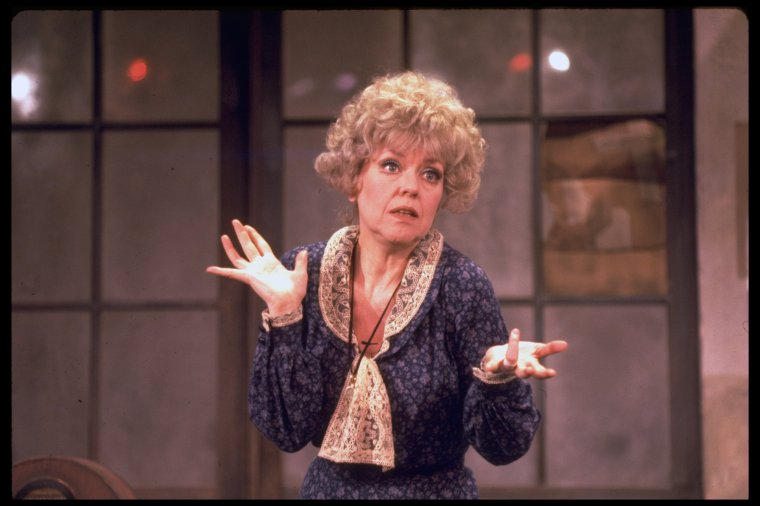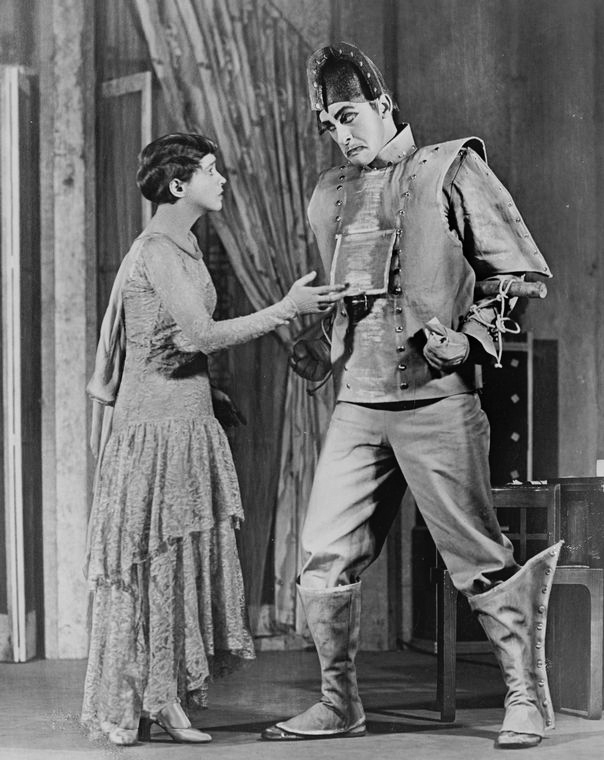Read E-Books with SimplyE
 With your library card, it's easier than ever to choose from more than 300,000 e-books on SimplyE, The New York Public Library's free e-reader app. Gain access to digital resources for all ages, including e-books, audiobooks, databases, and more.
With your library card, it's easier than ever to choose from more than 300,000 e-books on SimplyE, The New York Public Library's free e-reader app. Gain access to digital resources for all ages, including e-books, audiobooks, databases, and more.
If you don’t have an NYPL library card, New York State residents can apply for a digital card online or through SimplyE (available on the App Store or Google Play).
Need more help? Read our guide to using SimplyE.
![g99c129_001 Drifting along with the tide / words by Arthur Jackson ; music by Geo. Gershwin. [George White's scandals, 1921. Drifting along with the tide....] (1921)](https://images.nypl.org/?id=g99c129_001&t=w)









![[Sheldon Harnick (lyrics), unidentified, Richard Rodgers (music), unidentified and Richard Adler (producer) at rehearsal for Rex], Digital ID 1812180, New York Public Library [Sheldon Harnick (lyrics), unidentified, Richard Rodgers (music), unidentified and Richard Adler (producer) at rehearsal for Rex], Digital ID 1812180, New York Public Library](https://images.nypl.org/?id=1812180&t=w)

















